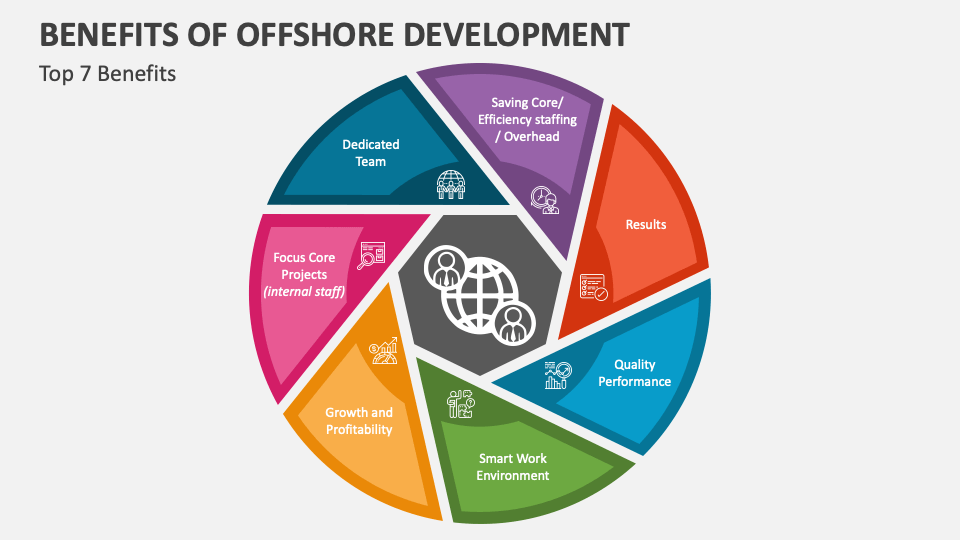Agile software development outsourcing is rapidly becoming a preferred model for businesses seeking to maximize efficiency and innovation. Agile methodologies focus on iterative progress, collaboration, and continuous improvement, making them a natural fit for the dynamic nature of offshore development centers (ODCs). But how do you successfully implement Agile in an ODC setting? This guide will explore the key steps, benefits, and challenges of doing just that.
Benefits of Implementing Agile in ODCs
Integrating Agile methodologies into your ODC brings a range of benefits that align with modern business needs. The most notable advantage is the enhanced collaboration and communication that Agile fosters. Agile promotes daily stand-ups, frequent check-ins, and cross-functional teams, ensuring that everyone is on the same page regardless of location. This structure allows for quick problem-solving and adaptability.
In addition, Agile ensures faster project delivery by breaking down tasks into manageable sprints, enabling continuous delivery and feedback loops. This iterative process helps teams stay on track and quickly adapt to any changes in project scope or requirements, resulting in a more responsive and efficient development process.
Finally, Agile enhances the quality of the product delivered by ensuring that testing and feedback occur at every stage of development, not just at the end. This leads to fewer errors, improved performance, and a product that more accurately meets user needs.

Key Steps to Implement Agile in Offshore Development Centers
- 1. Establish Clear Communication Channels: Effective communication is vital in an offshore Agile environment. Utilize tools such as Slack, Zoom, and project management platforms to ensure seamless interactions. Regular video conferences and updates help bridge the geographical divide and ensure alignment on project goals.
- 2. Create a Cross-Functional Team: Offshore teams should be composed of individuals with diverse skill sets who can collaborate effectively. Bringing together developers, testers, and designers from different locations fosters innovation and problem-solving from multiple perspectives.
- 3. Focus on Flexibility and Iterative Progress: Agile is all about adaptability. Ensure that the offshore development team can handle changing project requirements and pivot quickly when necessary. Break down tasks into smaller sprints to allow for iterative progress and continuous feedback.
- 4. Ensure Leadership Buy-In: Agile transformation in an ODC requires leadership commitment. Leaders must champion the adoption of Agile principles and ensure that the entire team is aligned with this approach.

Challenges and Solutions
While Agile brings many benefits to ODCs, challenges such as time zone differences, cultural disparities, and managing productivity can arise.
- – Time Zone Differences: Overcome time zone challenges by establishing core working hours where all team members can collaborate. Use asynchronous communication tools and document project progress thoroughly to ensure that the entire team remains informed.
- – Cultural Differences: Foster a unified team culture by promoting inclusivity and understanding. Encourage team members to share their unique perspectives and build relationships through virtual team-building activities.
- – Maintaining Productivity: Productivity in an Agile ODC environment can be a challenge, especially when teams are located in different countries. It’s crucial to avoid burnout by promoting a healthy work-life balance and setting realistic sprint goals.

Conclusion
Implementing Agile in offshore development centers is a strategic approach that can drive efficiency, improve collaboration, and deliver better quality products. By establishing clear communication, building cross-functional teams, and focusing on iterative progress, businesses can overcome challenges and unlock the full potential of Agile software development outsourcing. Embracing this methodology in an ODC setting allows companies to stay competitive, adaptable, and poised for future growth.













